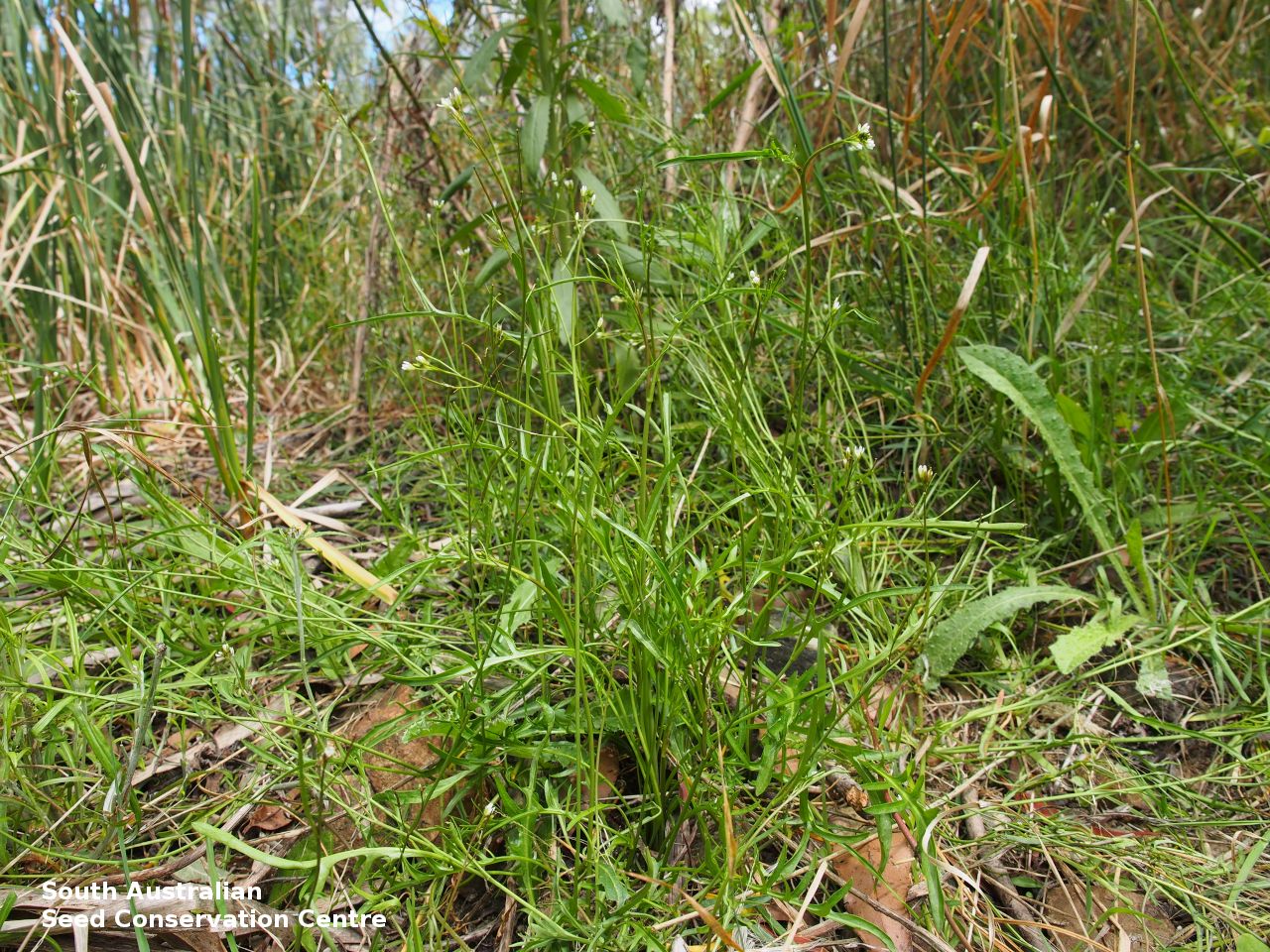
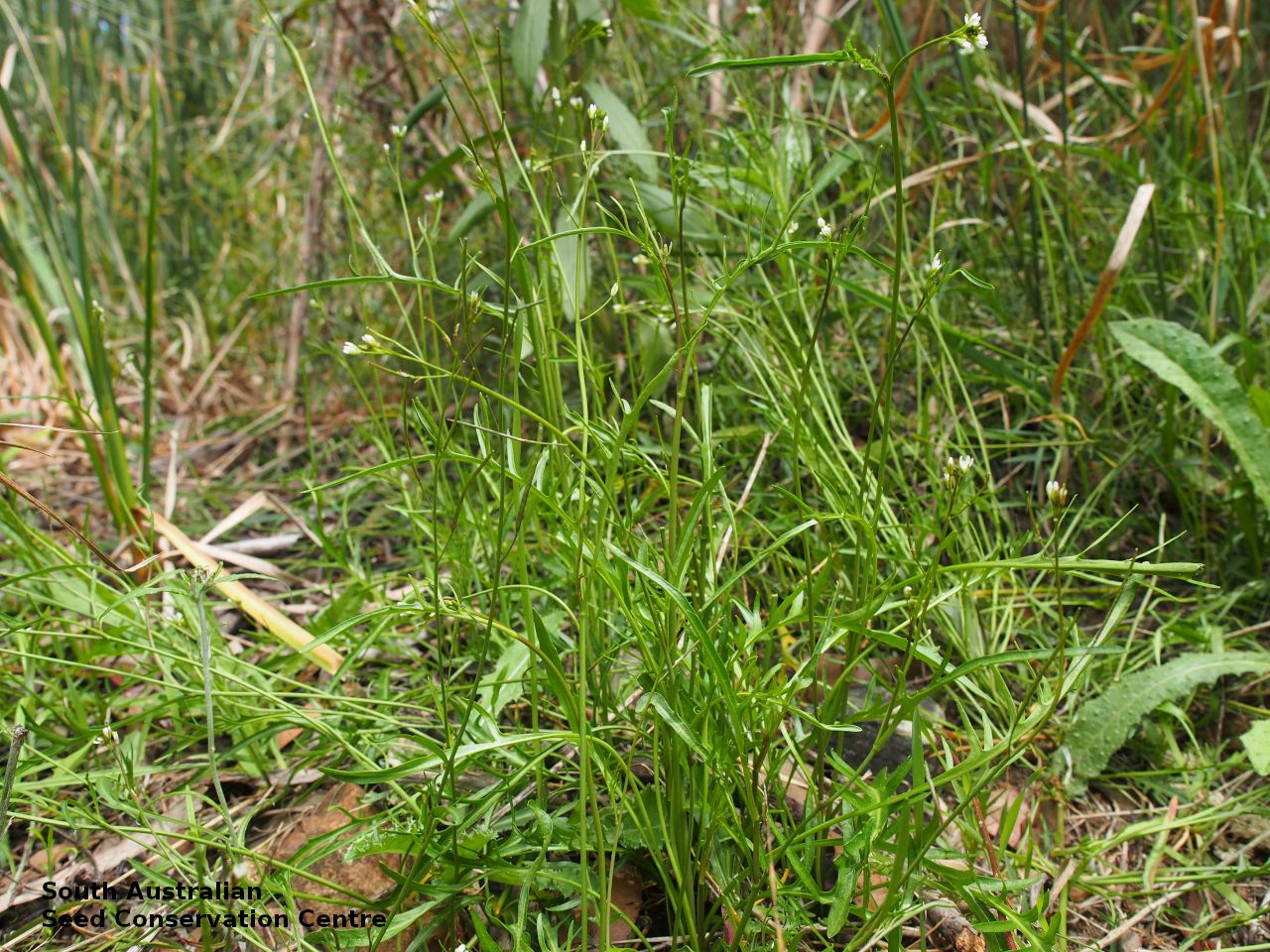
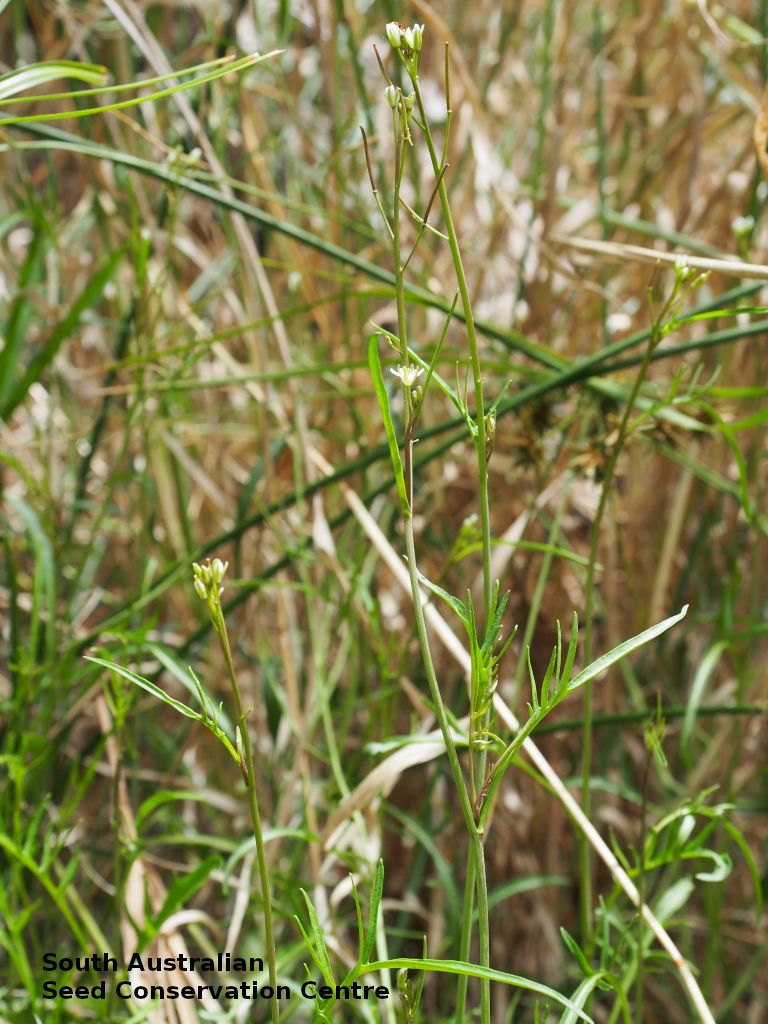
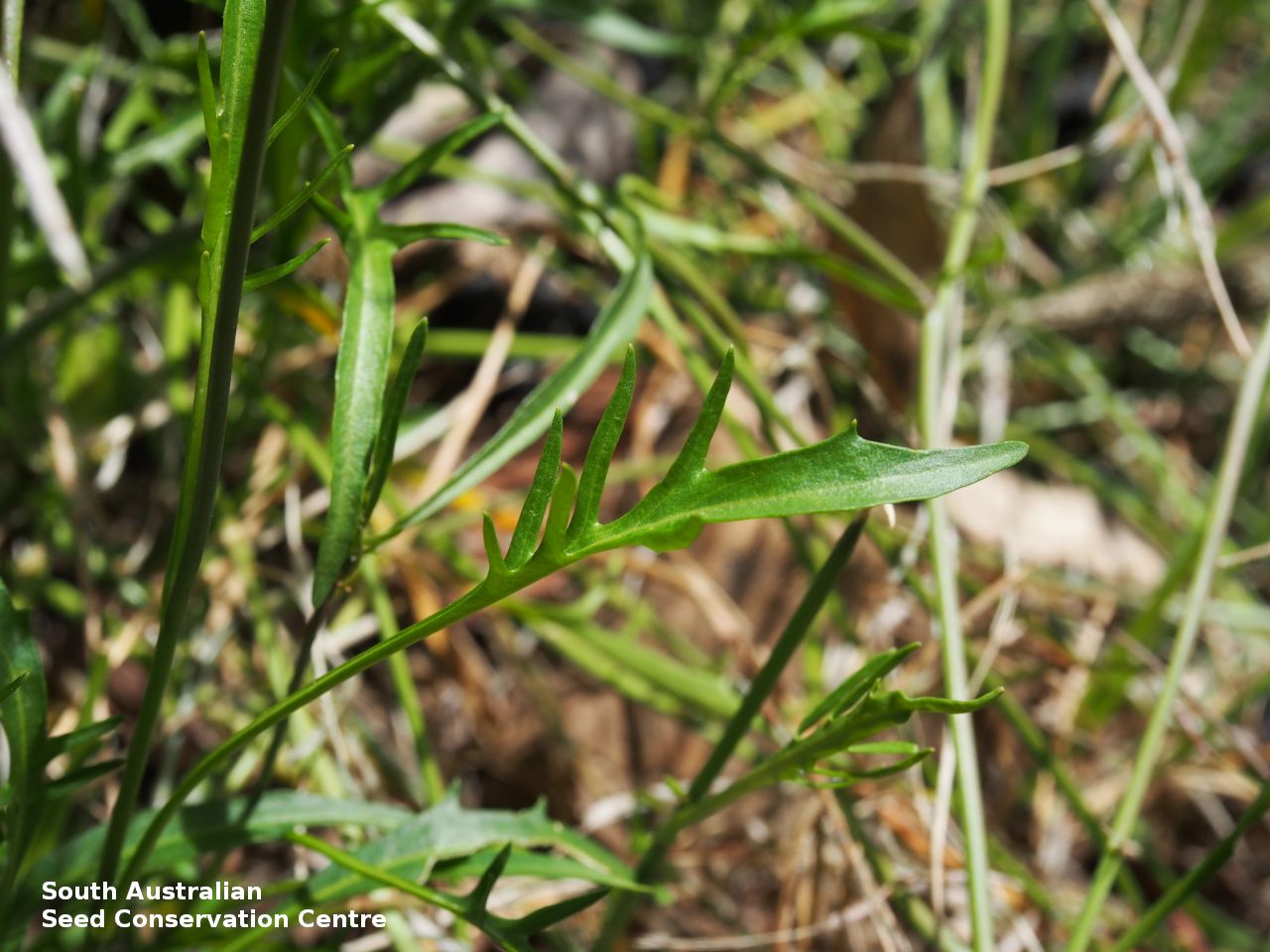
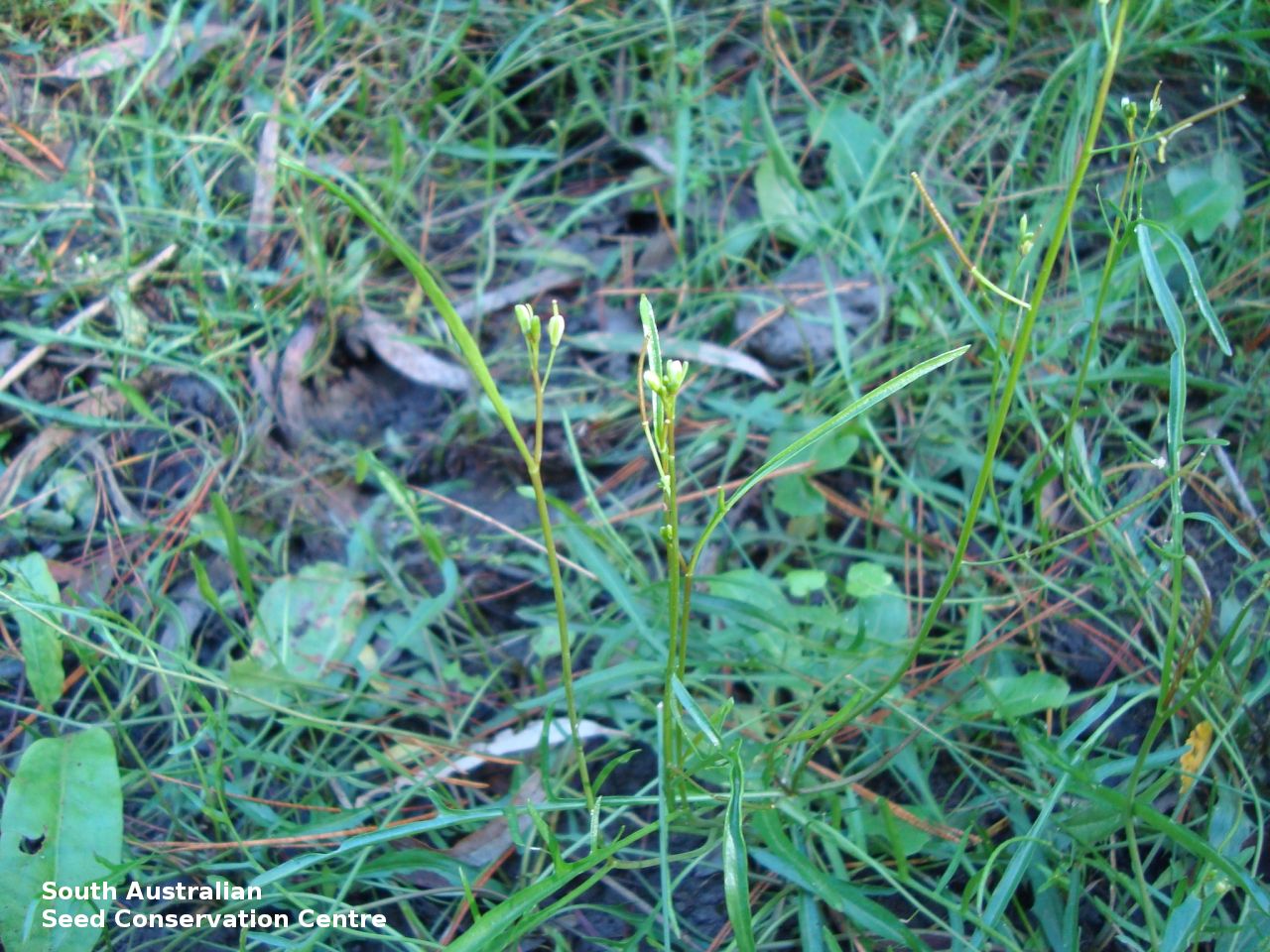
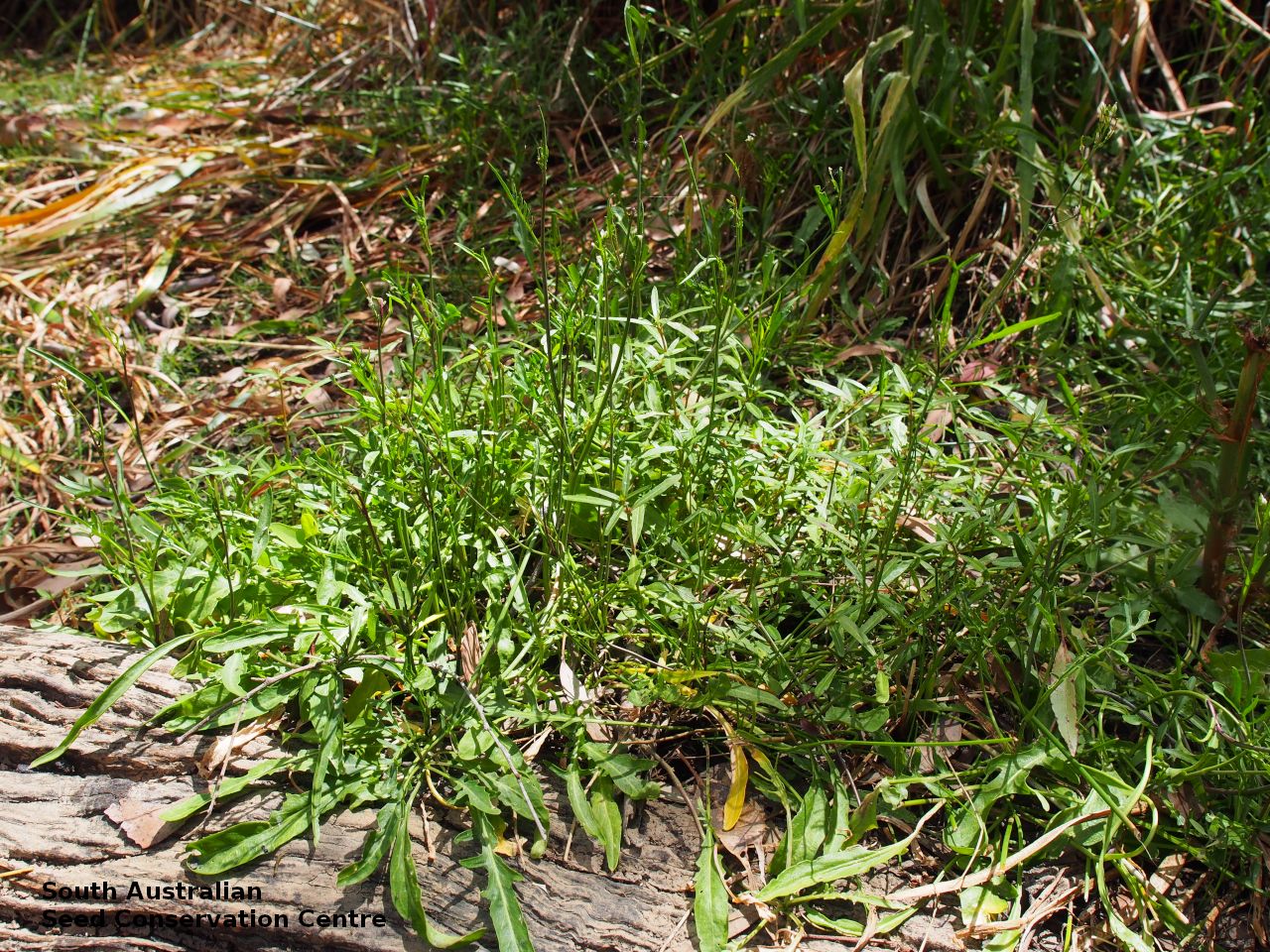
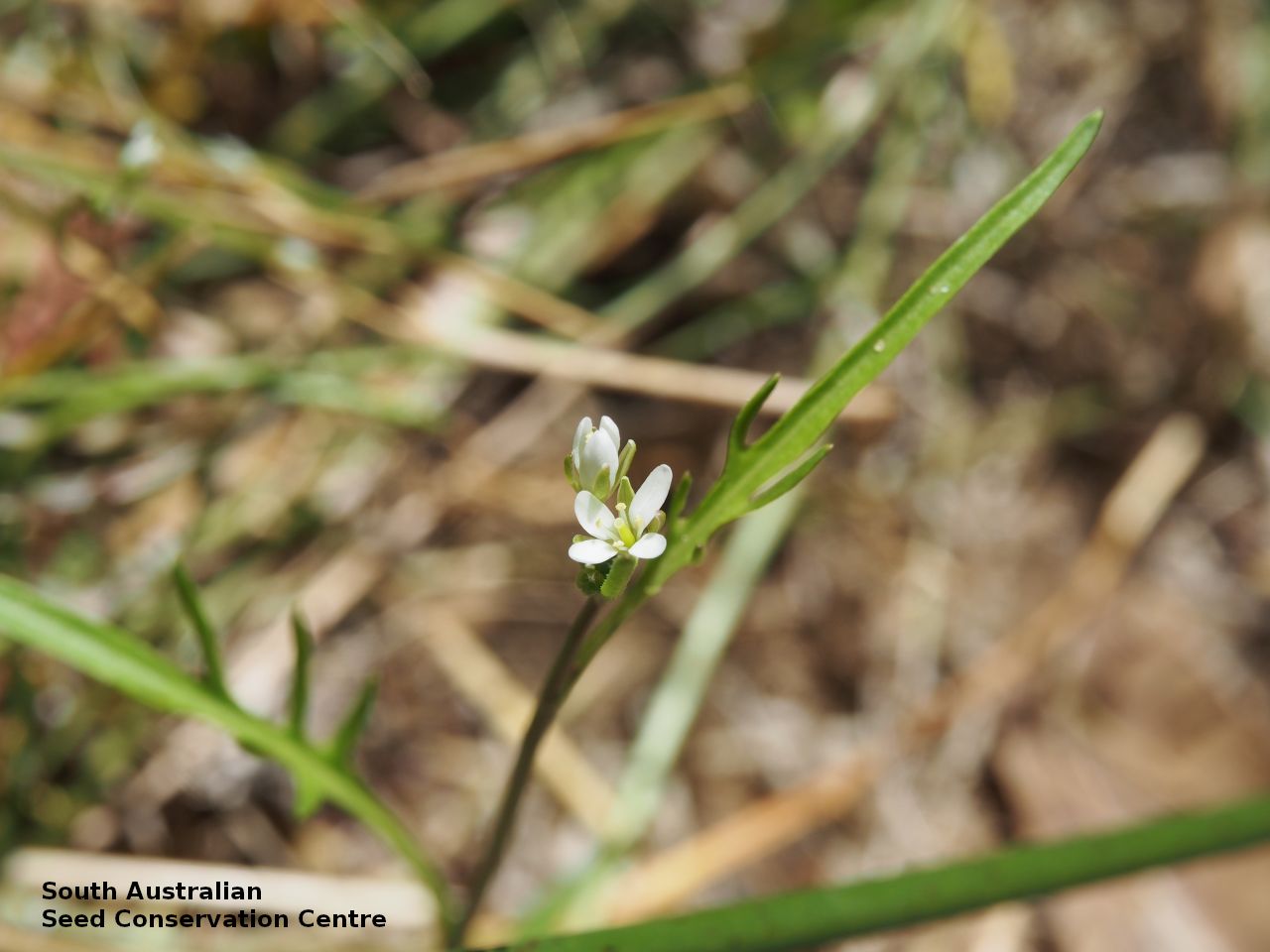
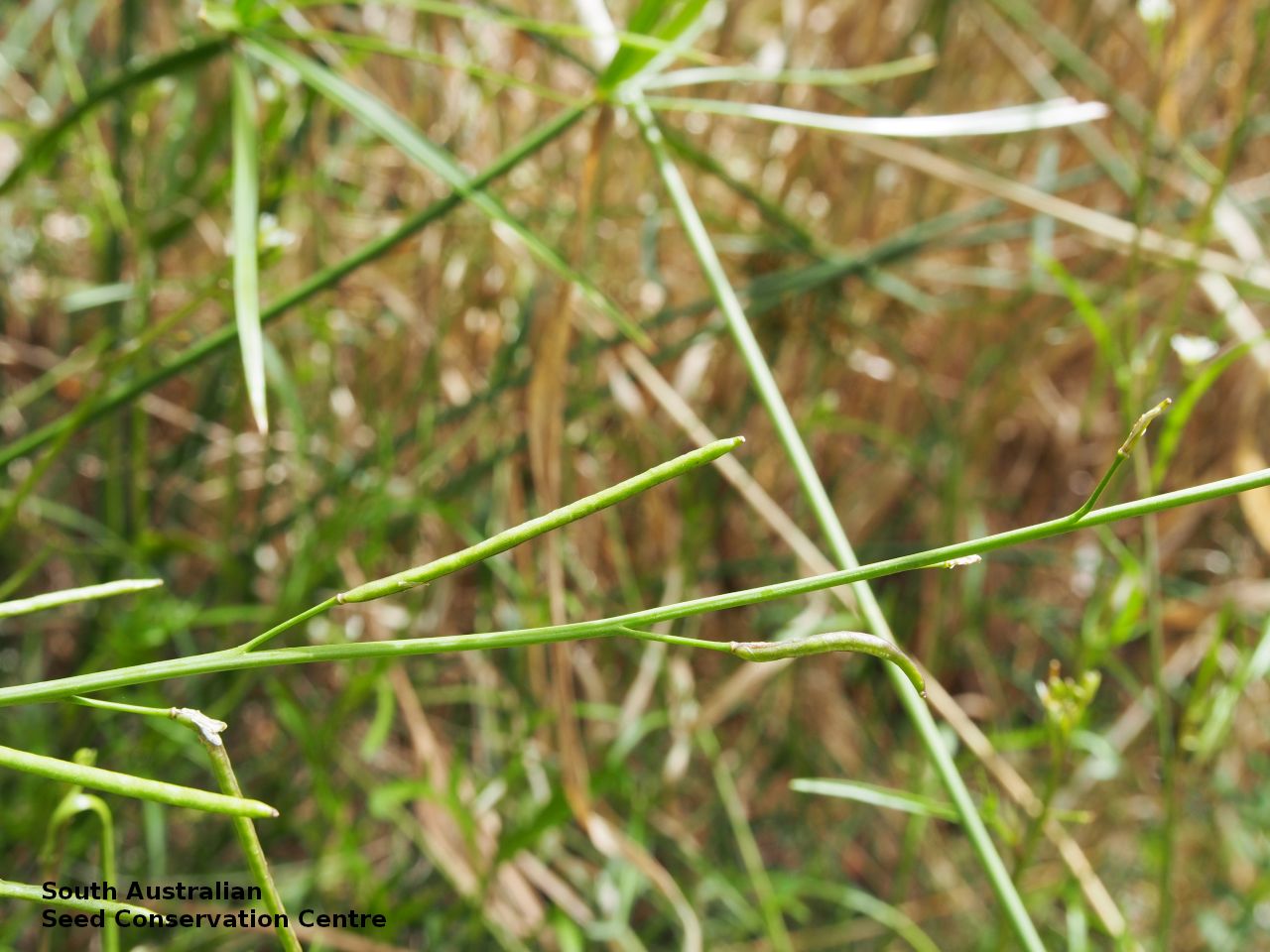
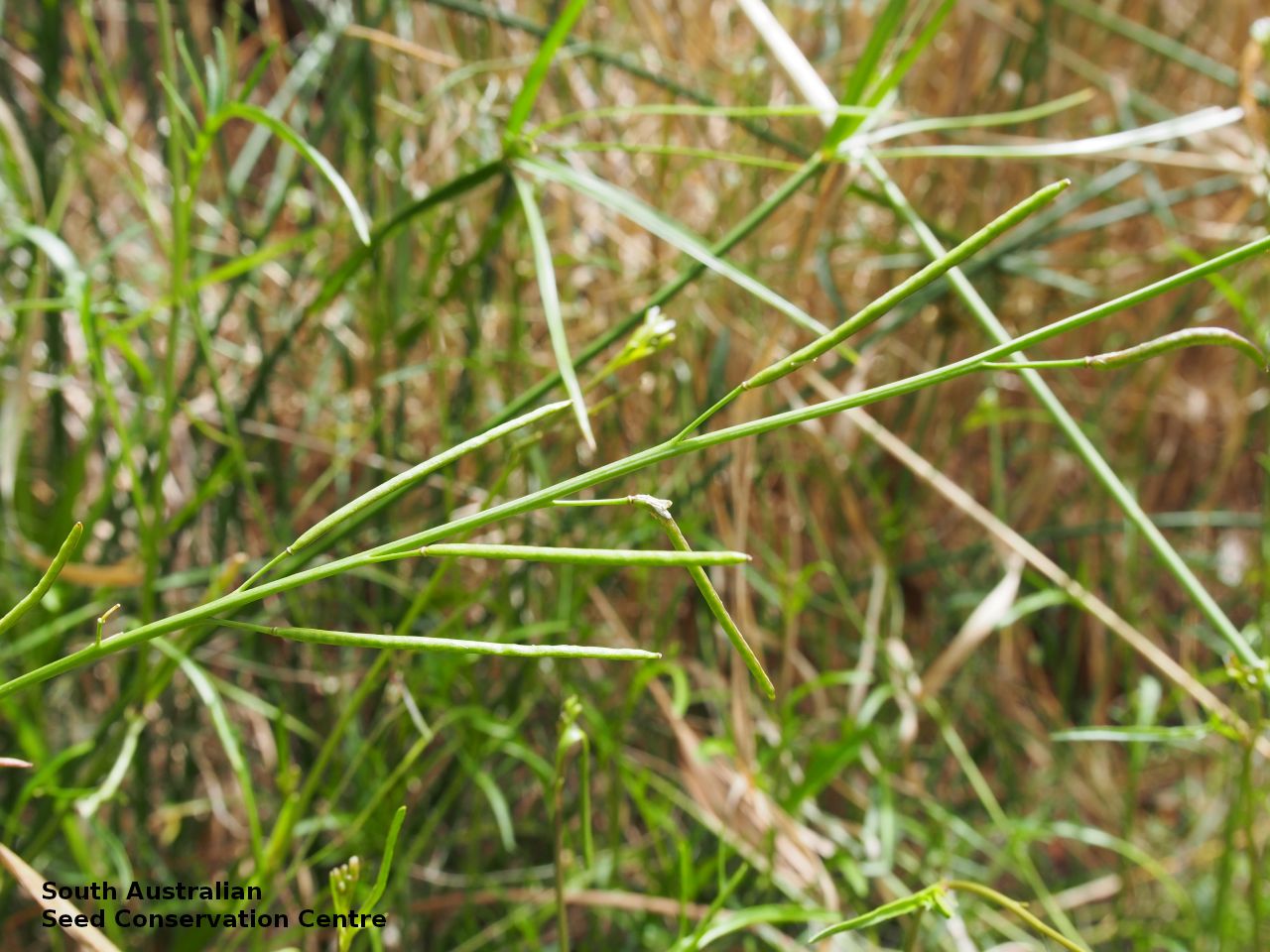
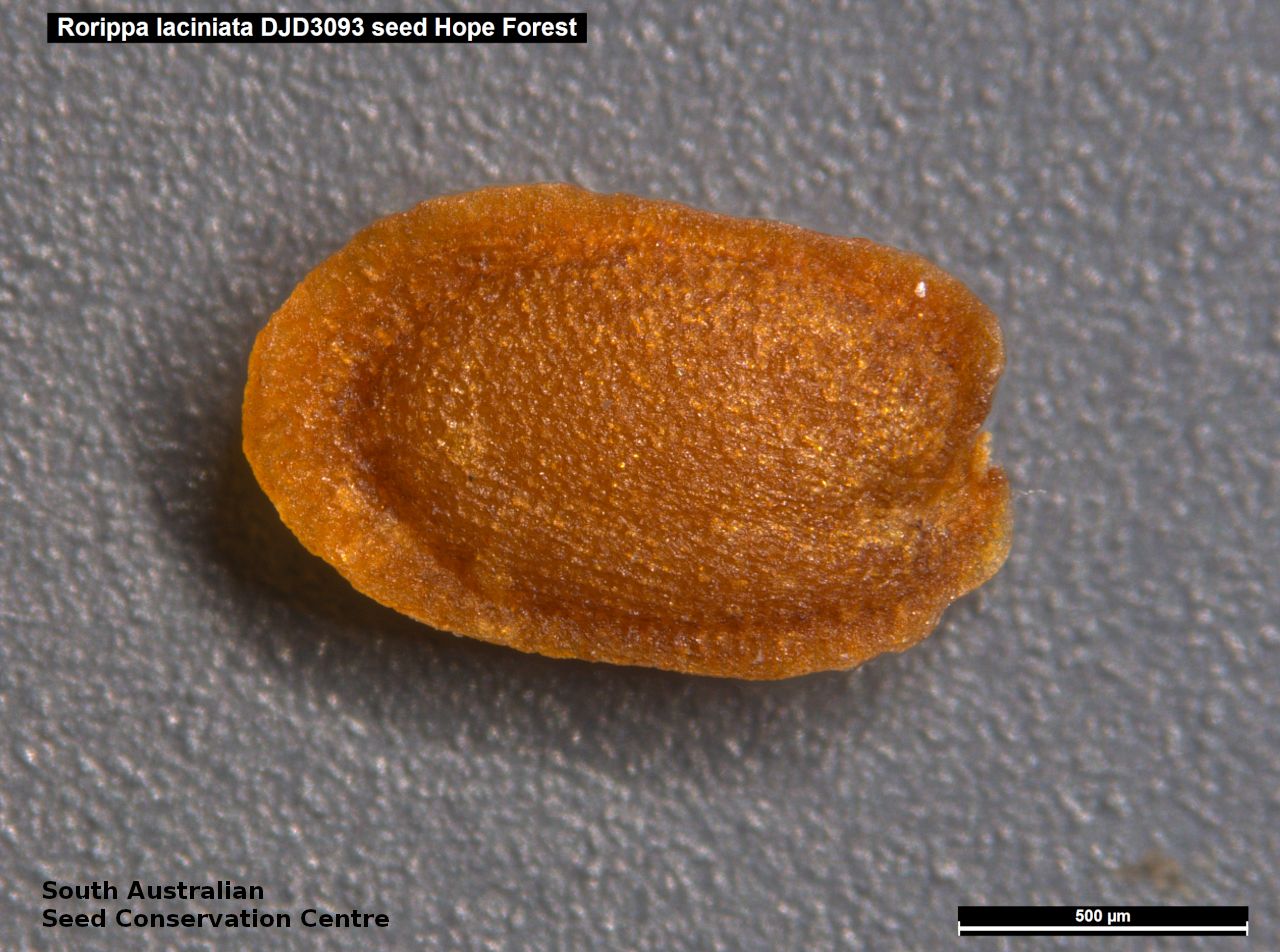
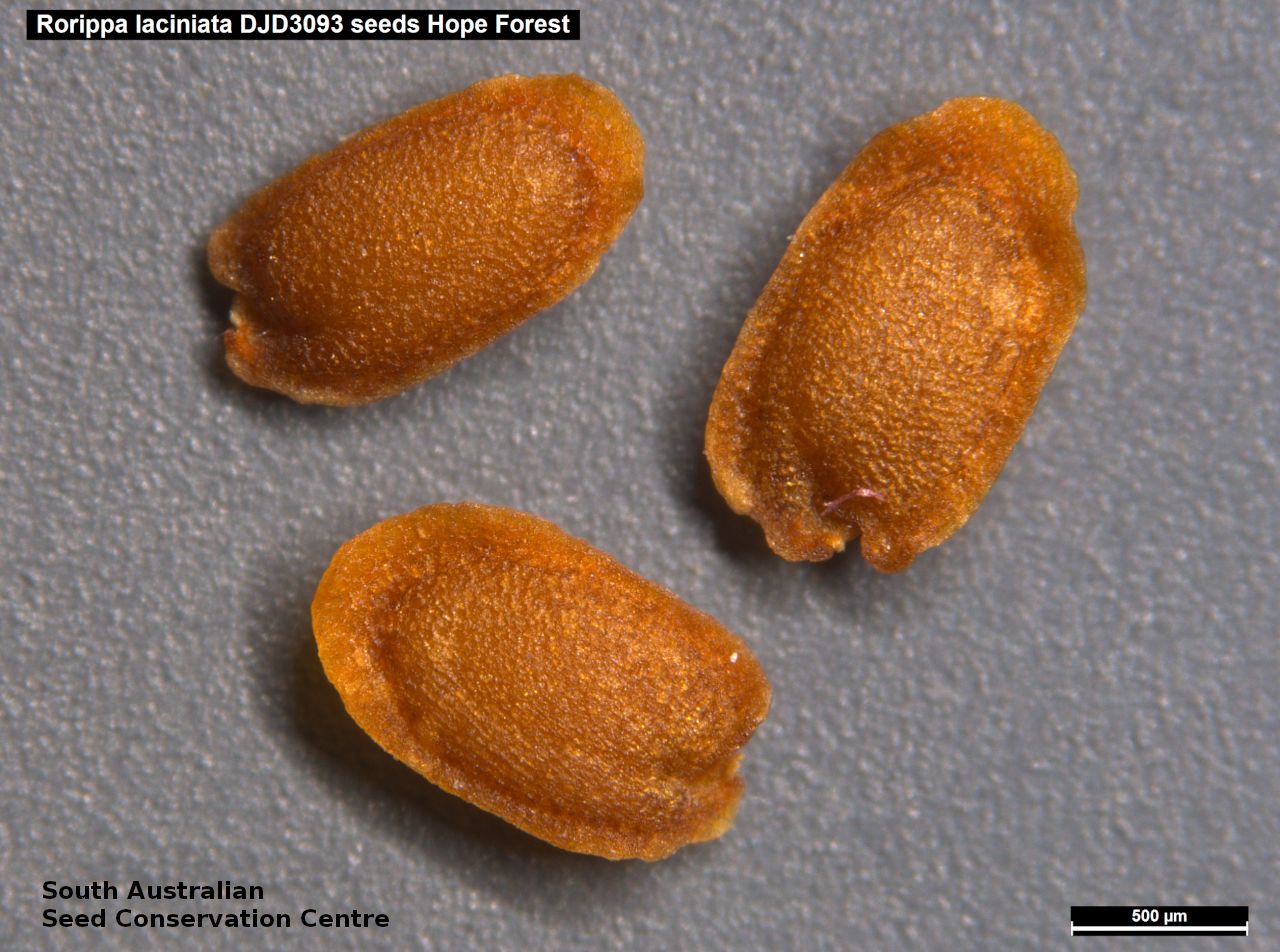
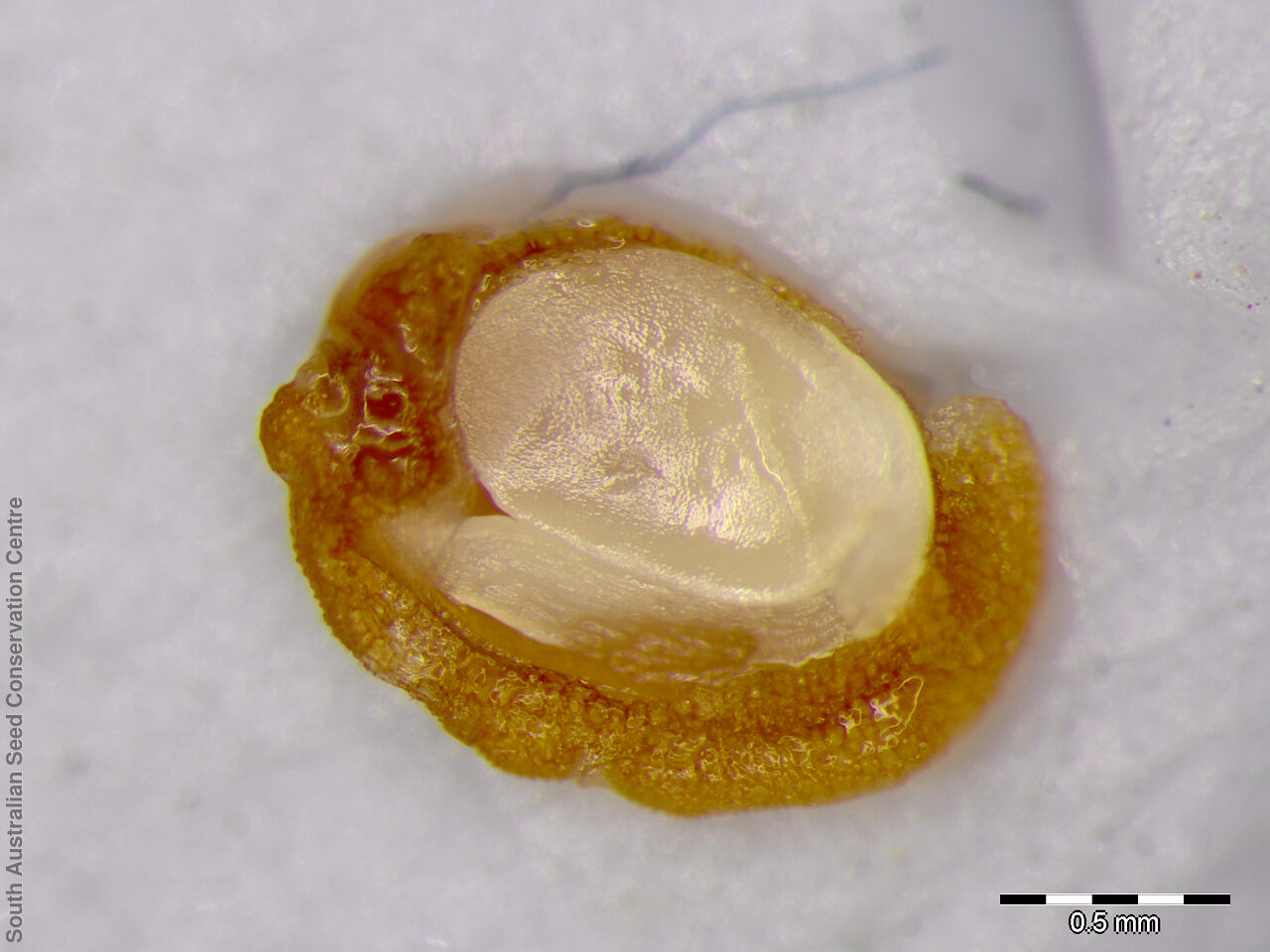
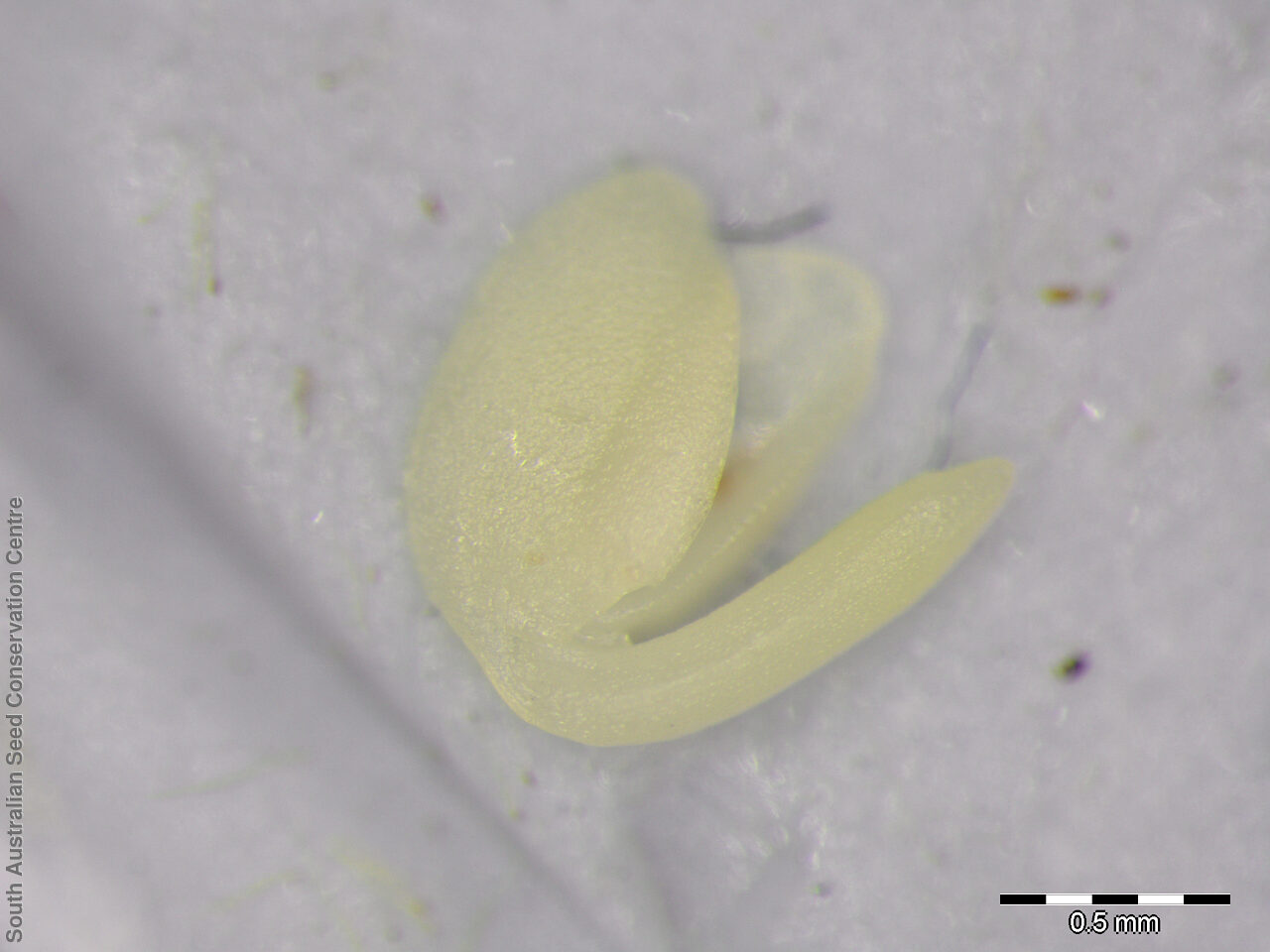
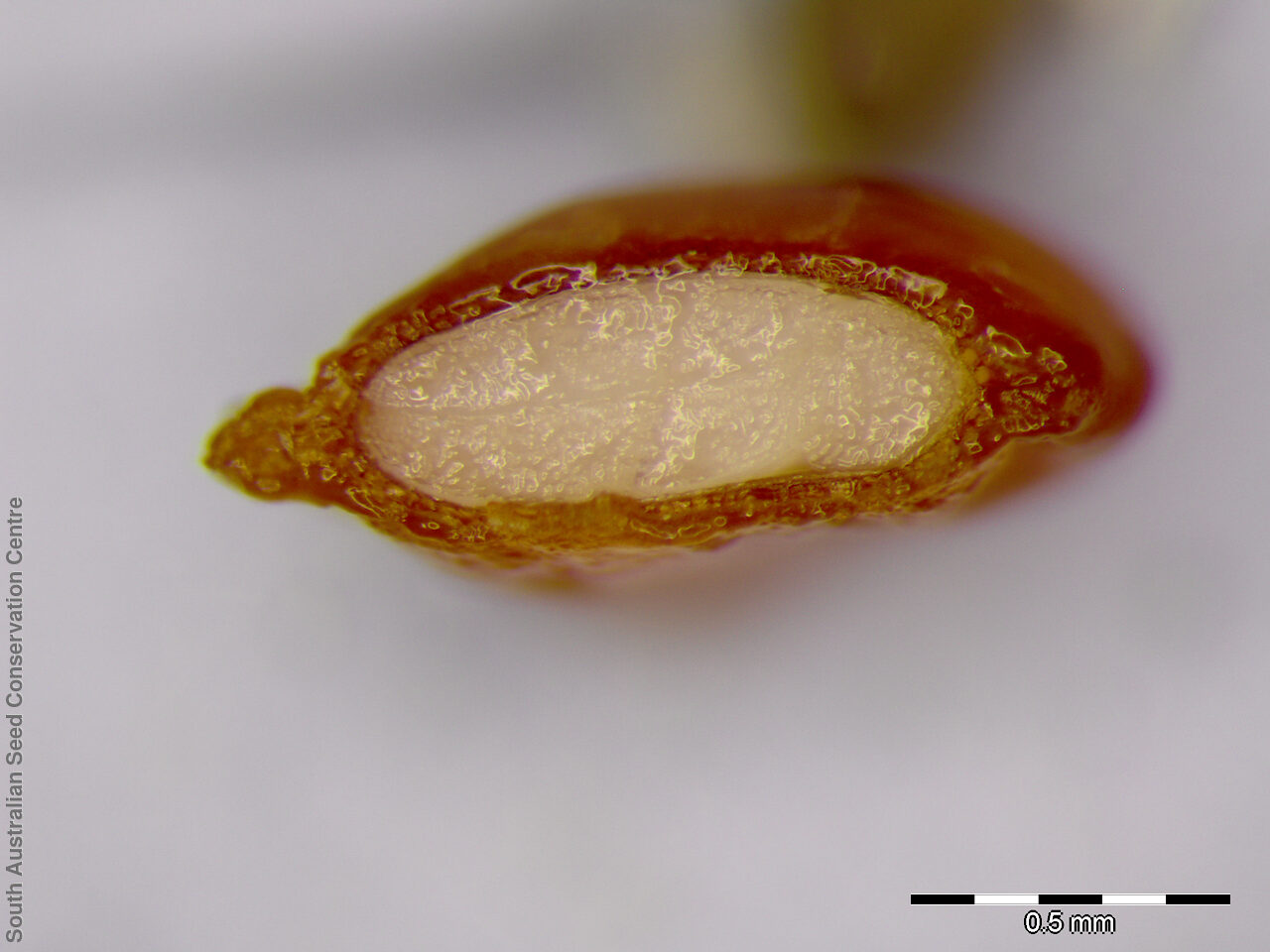
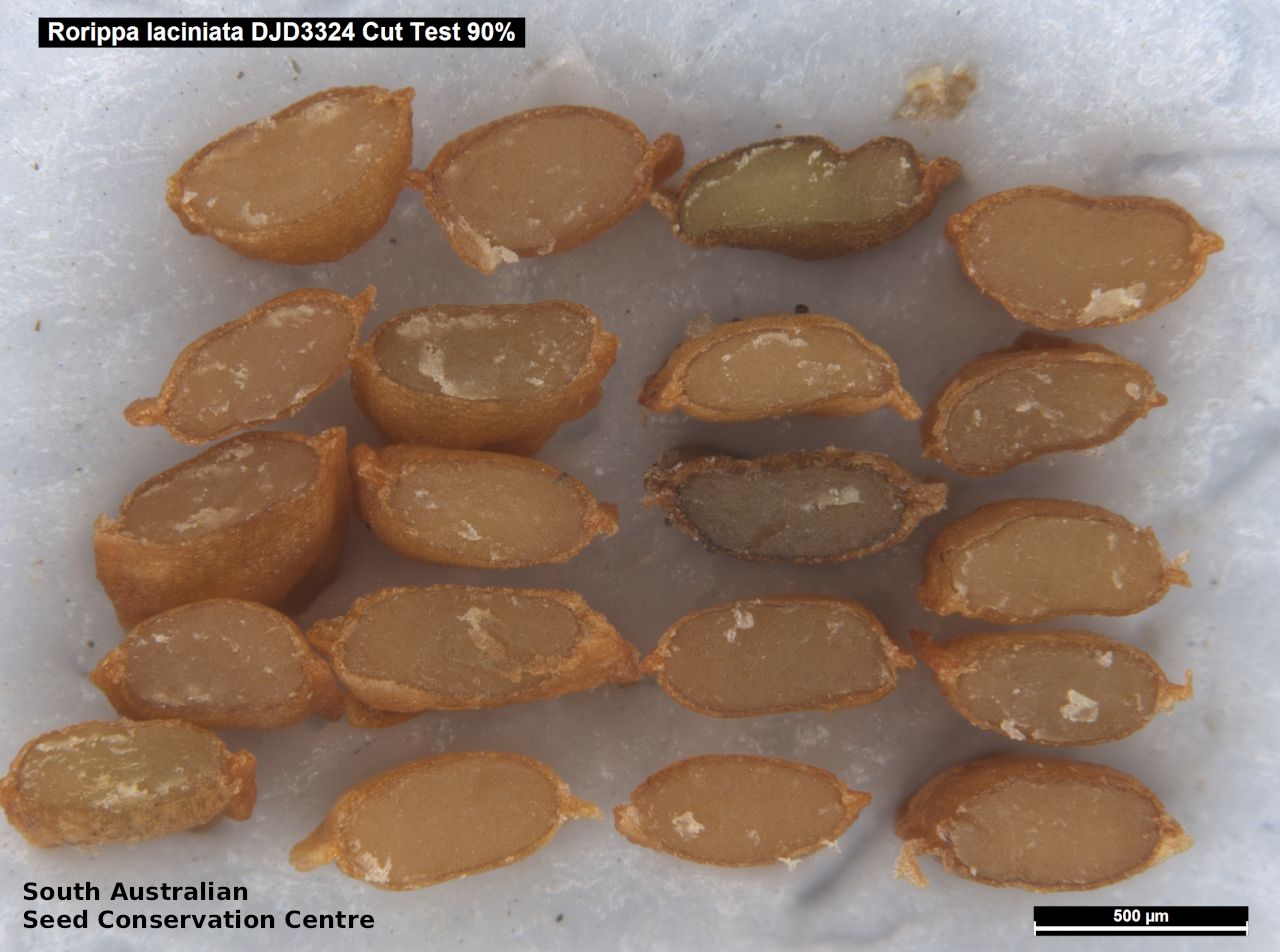

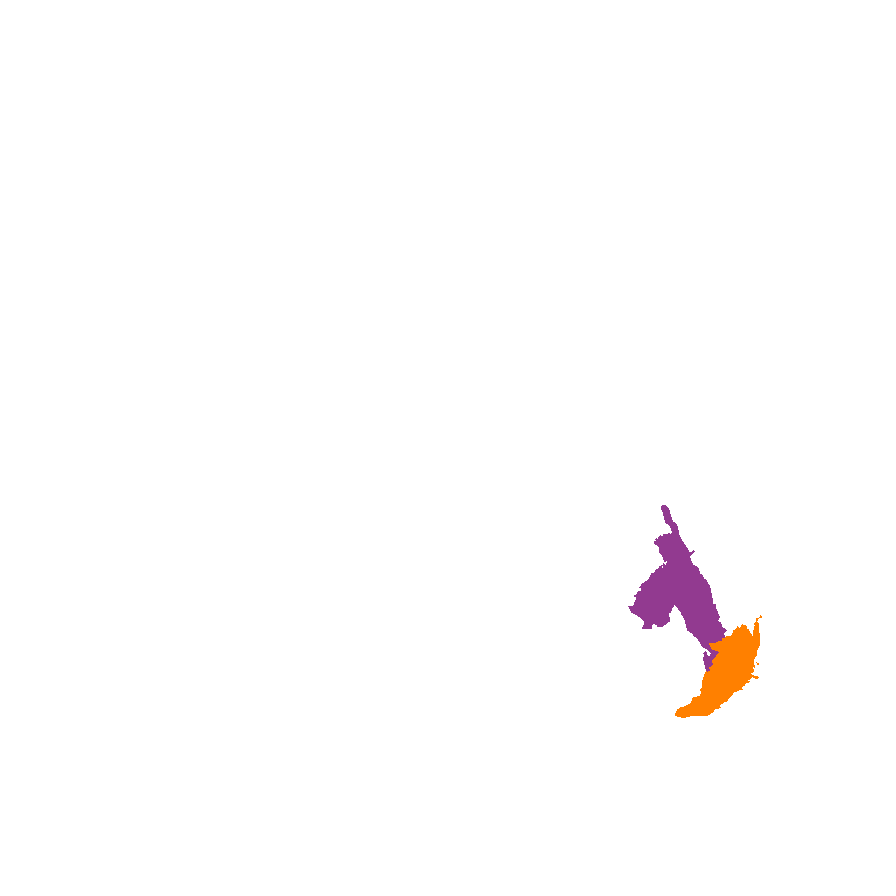
Botanical art
Prior names
Nasturtium laciniatum
Cardamine laciniata
Common names
Jagged Bitter-cress
Perennial Marsh Cress
Etymology
Rorippa possible from the Latinised form of 'Rorippen', a Saxon vernacular name used by Euricius Cordus or from the Latin 'roro' meaning to be moist and 'ripa' meaning riverbank; referring to the genus habitat in moist places. Laciniata from the Latin 'lacinia' meaning divided into narrow or slender lobes; referring to the leaves.
Distribution and status
Found in the southern Mount Lofty Ranges and along the Murray River in South Australia, growing in moist to wet habitats. Also found in Queensland, New South Wales and Victoria. Native. Rare in South Australia. Common in the other states.
Herbarium regions: Murray, Southern Lofty, Green Adelaide
NRM regions: Adelaide and Mount Lofty Ranges, South Australian Murray-Darling Basin
AVH map: SA distribution map (external link)
Plant description
Perennial herb to 40 cm high, ascending to erect. Leaves mostly basal, petiolate, usually linear-lanceolate, pinnately lobed, or toothed or entire, to 10 cm long, with scattered, short marginal hairs, stem leaves few and narrow. Inflorescence terminal cluster with white flowers. Flowers throughout the year. Fruits are long brown pod to 45 mm long and 2 mm wide, style to 2 mm long. Seeds are brown flat oblong seeds to 1.5 mm long and 1 mm wide. Seed embryo type is bent.
Seed collection and propagation
Collect seeds between January and May. Collect maturing pods those turning pale brown with orange seeds inside. Be gentle with the pods as they split open easily. Place the pods in a tray and cover with paper to prevent seeds from popping out and leave to dry for a week. Then rub the dried pods gently by hand to dislodge the seeds. Use a sieve to separate the unwanted material. Store the seeds with a desiccant such as dried silica beads or dry rice, in an air tight container in a cool and dry place. From three collections, the seed viability were high, ranging from 80% to 100%.
| Location | No. of seeds (weight grams) | Number of plants | Date collected | Collection number Collection location | Date stored | % Viability | Storage temperature |
|---|---|---|---|---|---|---|---|
| BGA | 2,870 (0.37 g) | 50+ | 18-Feb-2009 | DJD1501 Southern Lofty | 20-Jul-2009 | 80% | -18°C |
| BGA MSB | 6,500 (1.65 g) 8,000 (2.05 g) | 20 | 12-Mar-2010 | TST920 Southern Lofty | 1-Jun-2010 | 100% | -18°C |
| BGA | 19,500 (4.08 g) | 50+ | 2-Jan-2015 | DJD3093 Southern Lofty | 1-Jan-2016 | 65% | -18°C |
| BGA | 5,400 (1.42 g) | 50+ | 16-May-2016 | DJD3324 Southern Lofty | 2-May-2017 | 90% | +5°C, -18°C, -80°C |
| BGA | 6,700 (1.480 g) | 20+ | 4-Mar-2021 | DJD4014 Southern Lofty | 28-Jun-2021 | 95% | -18°C, -80°C |
| BGA | 10,700 (1.896 g) | 20+ | 4-Jan-2022 | TST1488 Southern Lofty | 7-Jul-2022 | 50% | -18°C |
| BGA | 1,620 (0.350 g) | 30+ | 2-Feb-2022 | DJD4101 Southern Lofty | 7-Jul-2022 | 95% | -18°C |
| BGA | 8,650 (2.288 g) | 50+ | 8-Mar-2023 | BKB226 Southern Lofty | 20-Jun-2023 | 100% | -18°C, -80°C |
Number of plants: This is the number of plants from which the seeds were collected.
Collection location: The Herbarium of South Australia's region name.
% Viability: Percentage of filled healthy seeds determined by a cut test or x-ray.